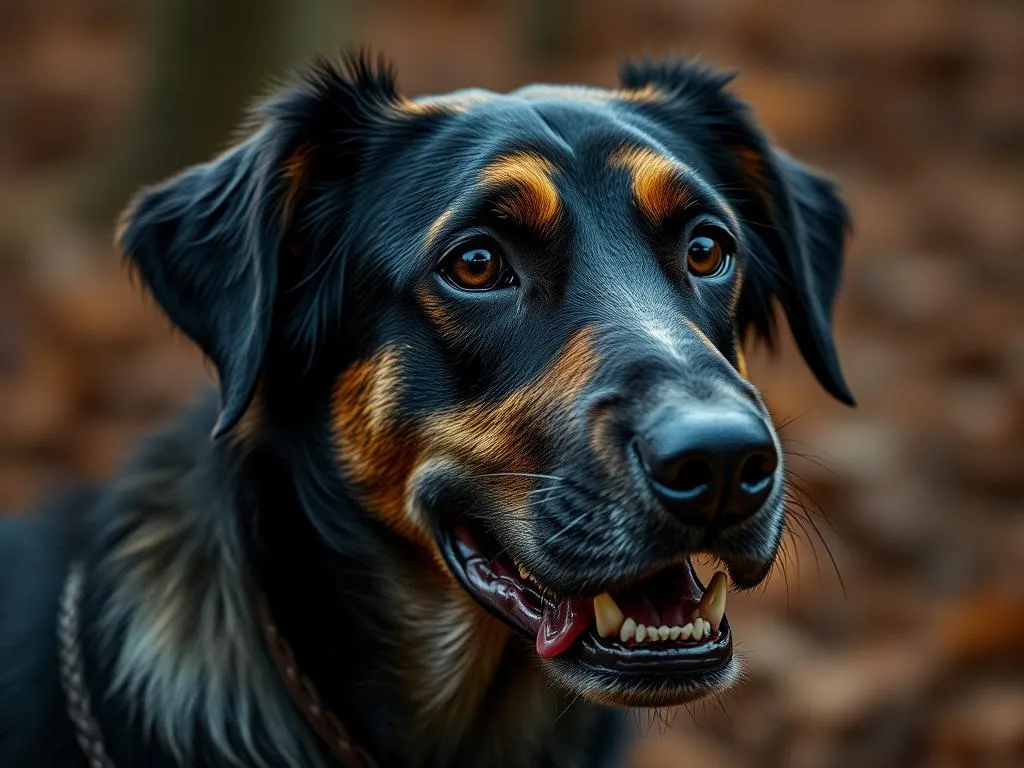
Introduction
Dog breeds refer to the categorization of domestic dogs into various groups based on shared physical characteristics, behaviors, and genetic traits. Understanding different breeds is crucial for potential dog owners, as it influences decisions related to training, care, and companionship. Each breed comes with its unique set of traits, making it essential to match the right dog to the right owner.
One breed that stands out due to its unique history and characteristics is the Transylvanian Hound. This article delves into the diverse world of dog breeds, offering a comprehensive look at the Transylvanian Hound specifically. By the end, you’ll have a deeper appreciation of this remarkable breed and insights into dog ownership.
Understanding Dog Breeds
What Are Dog Breeds?
Dog breeds are classifications that arise from the selective breeding of dogs to enhance specific traits. Over centuries, humans have bred dogs for various purposes, such as herding, hunting, guarding, and companionship. Each breed exhibits distinct genetic and behavioral traits, making them suitable for different roles in human society.
The Importance of Dog Breeds
The breed of a dog significantly influences its temperament, behavior, and needs. Understanding these differences can help owners tailor their training, socialization, and care routines. For instance, working breeds like the Transylvanian Hound may require more exercise and mental stimulation than companion breeds, affecting how they fit into a family’s lifestyle.
The History of Dog Breeding
The evolution of dog breeds is a fascinating tale that dates back thousands of years. Early humans began domesticating wolves, and through selective breeding, distinct breeds emerged. Key milestones include the establishment of breed standards in the 19th century, which formalized the characteristics and traits of various breeds, including the Transylvanian Hound.
Overview of the Transylvanian Hound
Origin and History
The Transylvanian Hound is a breed with deep roots in the region of Transylvania, Romania. Historically, these hounds were used for hunting large game, including boars and deer, and were highly valued for their keen sense of smell and agility. Their historical significance is tied to the local culture, where they were often depicted in folklore and tales of adventure.
Physical Characteristics
The Transylvanian Hound is a medium to large breed, with males typically weighing between 50 to 70 pounds, while females are slightly smaller. Their coat is short and dense, usually exhibiting a brindle pattern with shades of tan and black. A distinctive feature of the breed is its long, drooping ears and well-defined muzzle, which contribute to their expressive appearance.
Temperament and Behavior
These hounds are known for their gentle and affectionate nature, making them excellent companions. However, they can also display a strong hunting instinct, which means they require proper training and socialization from a young age. Their energy levels are high, and they thrive in environments where they can engage in physical activities and mental challenges.
Care and Maintenance of the Transylvanian Hound
Nutrition and Diet
Providing the right nutrition for your Transylvanian Hound is crucial for maintaining their health and vitality. A balanced diet should include high-quality protein sources, healthy fats, and essential vitamins and minerals. Owners should consult with a veterinarian to determine the best dietary plan, which can vary based on the dog’s age, activity level, and health status. Typically, feeding them twice a day is recommended to prevent overeating and promote better digestion.
Grooming Requirements
The grooming needs of the Transylvanian Hound are relatively low due to their short coat. Regular brushing, about once a week, is sufficient to remove loose hair and dirt. Bathing should be done as needed, but over-bathing can strip their coat of natural oils. Checking their ears regularly for dirt and wax buildup is also essential, as their droopy ears can trap moisture and debris.
Health Considerations
Like all breeds, the Transylvanian Hound is prone to certain health issues. Common concerns include hip dysplasia, eye disorders, and skin allergies. Regular veterinary check-ups and preventive care, such as vaccinations and parasite control, are vital in ensuring their long-term health. Additionally, being aware of the signs of common health problems can help owners respond quickly to any concerns.
Training the Transylvanian Hound
Basic Training Techniques
Training a Transylvanian Hound requires patience and consistency. Positive reinforcement methods, such as treats and praise, work effectively for this breed. Starting training early is crucial, as young hounds are more adaptable and eager to learn. Socialization is equally important; exposing them to various environments, people, and other animals can help mitigate any potential behavioral issues.
Advanced Training and Activities
Due to their high energy levels and intelligence, Transylvanian Hounds excel in various activities and sports. Owners can engage them in obedience training, agility courses, or even tracking exercises to keep their minds stimulated and bodies active. These activities not only strengthen the bond between the dog and owner but also provide a productive outlet for their energy.
Common Behavioral Challenges
While the Transylvanian Hound is generally well-mannered, some behavioral challenges may arise. These can include excessive barking, digging, or separation anxiety. Addressing these issues early with consistent training and positive reinforcement can help mitigate these behaviors. Providing plenty of exercise and mental stimulation is also crucial in preventing boredom-related problems.
Living with a Transylvanian Hound
Ideal Living Environment
The Transylvanian Hound thrives in environments that offer plenty of space to roam and play. While they can adapt to urban settings, they do best in homes with access to a yard or nearby parks. Regular outdoor activities are essential for their physical and mental well-being. If living in an apartment, owners should ensure ample opportunities for daily walks and playtime.
Family Dynamics
Transylvanian Hounds are known for their affectionate nature, making them great companions for families. They typically get along well with children and can be gentle with smaller pets if properly socialized. However, supervision is advised during interactions, especially with very young children, to ensure safe play.
Lifespan and Aging
The average lifespan of a Transylvanian Hound ranges from 10 to 12 years. As they age, owners should be vigilant for signs of arthritis, decreased activity, and changes in behavior. Senior dogs often require adjustments in their diet, exercise routines, and veterinary care to accommodate their changing needs.
Conclusion
In summary, the Transylvanian Hound is a remarkable breed with a rich history and unique characteristics. Their affectionate nature, combined with their energetic personality, makes them an excellent choice for active families who can provide the space and exercise they need. Understanding the nuances of this breed, including their care, training, and living requirements, is vital for any prospective dog owner.
Choosing the right dog breed involves careful consideration of lifestyle, living conditions, and personal preferences. The Transylvanian Hound may be a perfect match for those willing to invest time and effort into training and socialization. By researching and understanding various breeds, potential owners can make informed decisions that lead to fulfilling and harmonious relationships with their canine companions.









